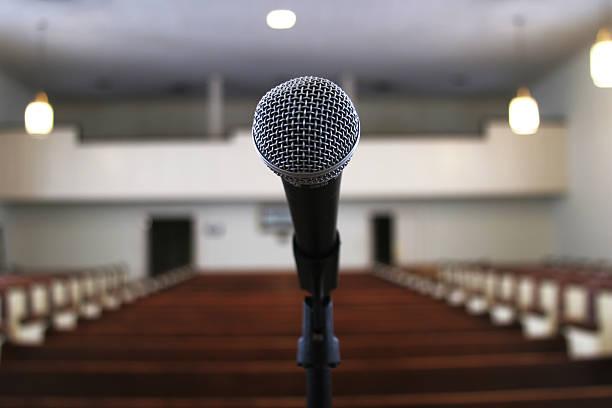Worse audio quality is one of the elements that can affect a pastor's ability to preach. A superb sermon can be ruined by a cheap or badly utilized best microphone for church because of the constant popping and hissing noises. Your congregation may find it difficult to hear you if the volume is either too loud or too low. Or, even worse, the microphone may completely malfunction, rendering your members unable to hear anything at all.
These factors make it essential to select the ideal microphone for your pastor in order to guarantee crystal clear audio and the greatest level of comprehensibility for your congregation. You've come to the correct spot if you need assistance choosing the best wireless or wired microphones for the pastor.
Type of Microphone and why?
The pastor has a variety of alternatives when it comes to microphones. Pastors frequently utilize a lectern, headworn, handheld, and lavalier.
Since each pastor has a different movement and speaking style, it is important that they are personally involved in selecting the ideal microphone for their message.
1. Wireless versus Wired Microphones
Selecting between a wired and wireless microphone is one of the most frequent decisions that pastors and musicians in houses of worship must make. Pastors who would like walk freely across the stage may find that a wireless microphone works better than a wired one, even if wired microphones can be simpler.
Because connected connections are simpler and easier to operate, some sound engineers and church volunteers choose wired microphones. Because fewer things can go wrong during a performance, troubleshooting is simple if there is a mic issue.
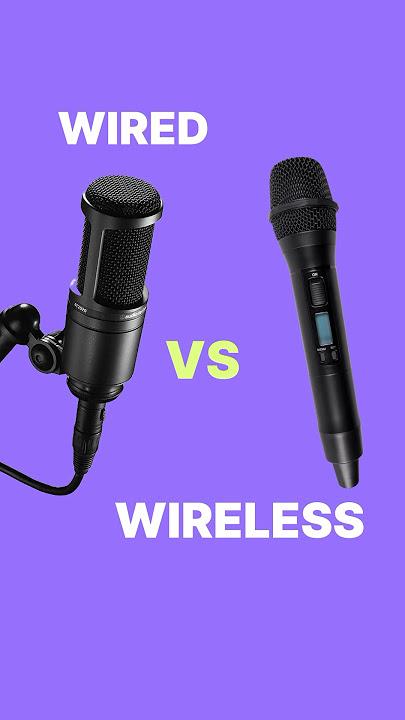
Having a cordless microphone allows you to move around more freely on stage and engage with your audience in a different way. Being free of a microphone cable might seem liberating and thrilling, especially if your pastor is a dynamic speaker who enjoys moving around the platform. Going wireless also removes the worry of breaking a cord or breaking it during a performance.
It's crucial to keep in mind that Shure offers wireless systems that are easy for non-technical people to operate their sound if you're concerned that they're too complicated. To confidently utilize Shure's wireless microphone systems, you don't need to be a sound engineer.
2. Headsets and Earpiece Microphones
Preachers these days are more likely to use a headworn microphone. Due to the microphone's close proximity to the pastor's lips, headworn or headset microphones offer exceptional audio quality. Since wireless microphone headsets are completely hands-free, pastors may walk freely around the platform to interact more effectively with their congregation. This is why many pastors adore them for usage in churches.
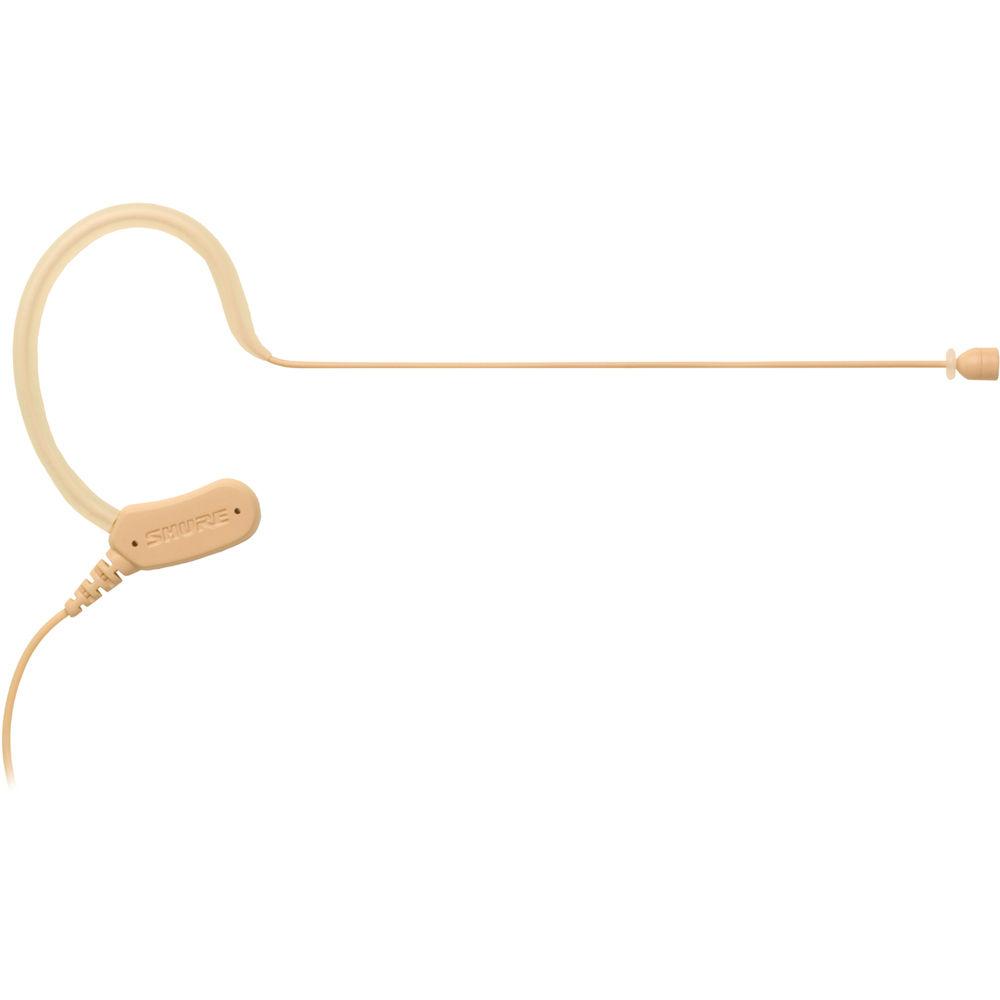 Earpiece Microphone (MX153)
Earpiece Microphone (MX153)
There exist many designs for headworn mounting. Some are tiny enough to just clip over the ear, while the majority include a headband or wireframe that extends behind the head. Whenever possible, the microphone element is attached to a small, flexible arm or "boom" that allows it to be positioned in close proximity to the mouth.
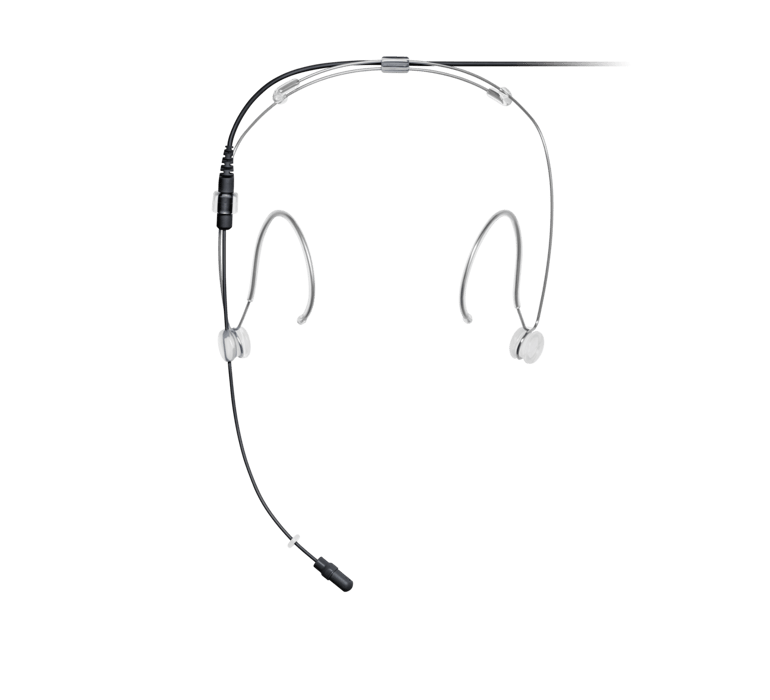
Headset Microphone (DH5)
To reduce pops and breath sounds, position headworn microphones such that the capsule is somewhat away from the mouth's corner.
3. Handheld Microphones
With a portable microphone, the pastor may adjust the volume by moving the device closer or further from their lips. The pastor's movements are restricted by handheld microphones since one hand is constantly attached to the device. This is the reason why some pastors disagree with using a portable microphone when preaching.
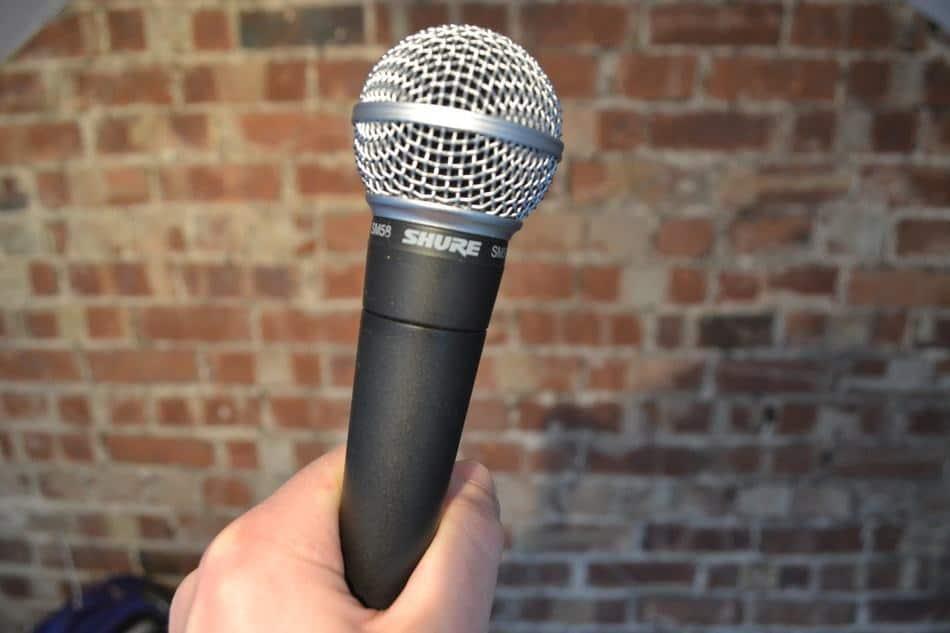
Although most pastors might not choose handheld microphones, your vocalists will almost certainly like them.
4. Lavalier Microphones
The pastor may simply wear a lavalier microphone, which is lightweight and attaches into clothes. This kind of microphone is frequently used by TV personalities on news stations, pastors, and public speakers. The pastor's hand can be free to gesture throughout the sermon thanks to these microphones.
The preacher typically wears a lavalier microphone on his or her lapel. The lavalier microphone should be positioned as near to the mouth as is reasonable. The tone and clarity of the voice will change dramatically when the preacher moves the microphone closer or farther away from his or her lips.
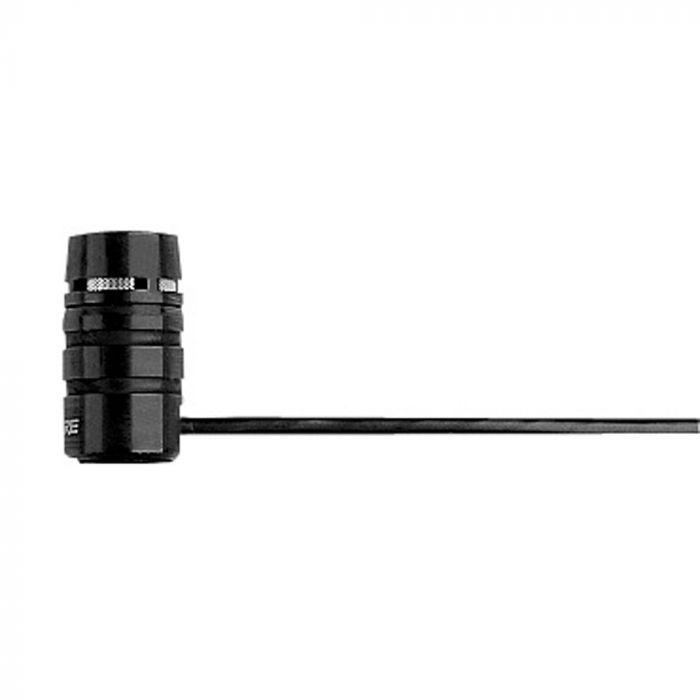
A microphone should not be positioned where it may come into contact with clothes, hair, or other items, or beneath layers of clothing. To guarantee your pastor is speaking at the ideal volume and tone, it's also critical to keep the lavalier mic in the same spot every week.
The lavalier microphone's positioning in relation to the pastor's lips might shift as they move, altering the pastor's voice's loudness and tone.
5. Pulpit and Lectern Microphones
The most common microphone used by pastors in the past was the lectern microphone. The pastor's podium has this microphone fastened to it. When several persons will be speaking from the pulpit, such during a funeral, the pulpit microphone may be quite helpful. It does, however, keep the preacher anchored to the platform because any movement on his part will cause the sound to change.
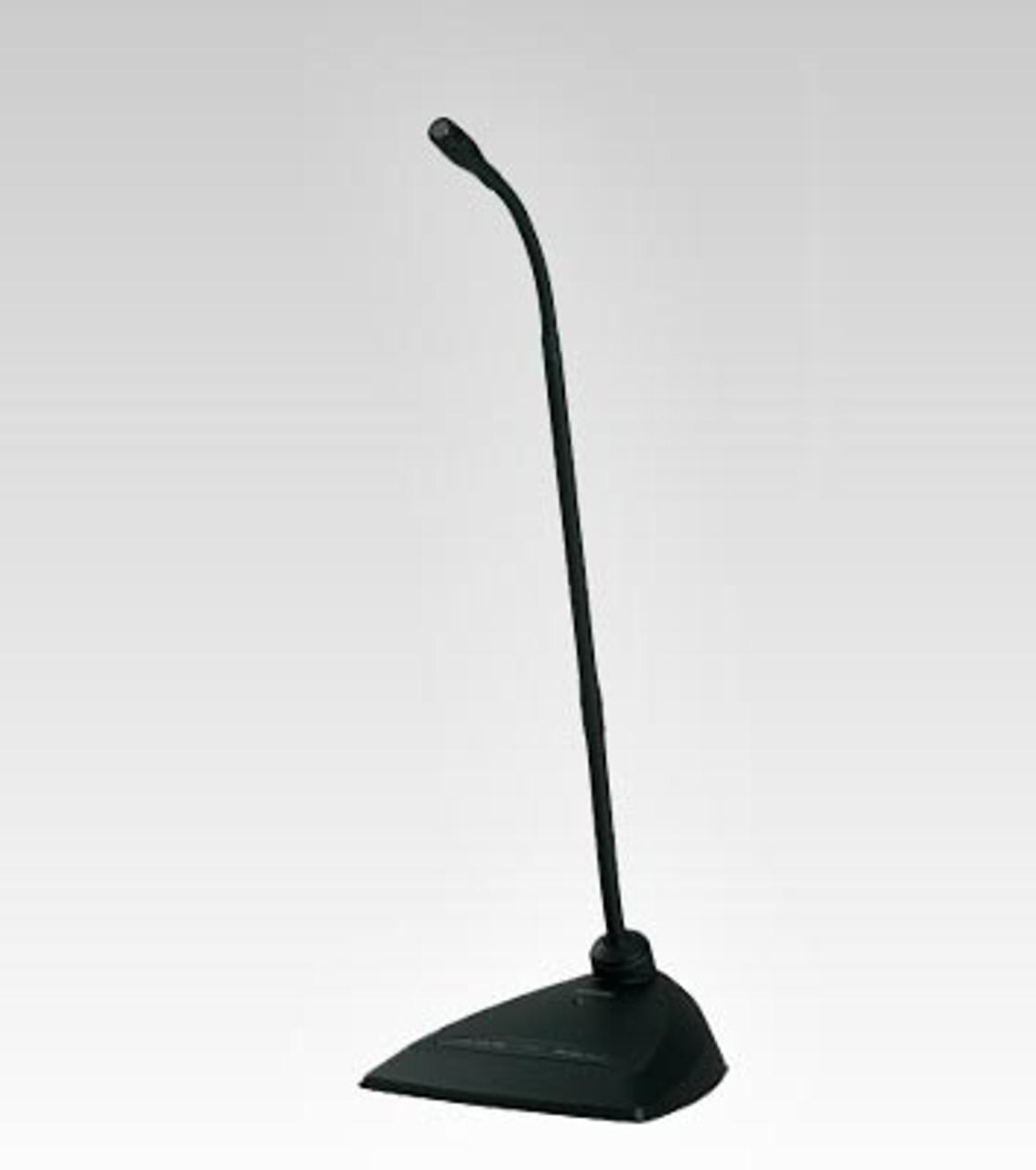
This microphone can be the pastor's choice in churches where the sermons have a more conventional or scholarly tone and they deliver their sermons straight from a text.
The Proximity Effect: The Ideal Microphone Position
The majority of places of worship find that placing and selecting the right microphone will greatly increase the comprehensibility of their pastor's audio. The adage "the closer, the better" applies to microphone placement and should always be kept in mind.
The pastor's comments will sound more directly if the microphone is placed closer to their lips. It will also take up less background noise that may be reflected and muddy the audio.

